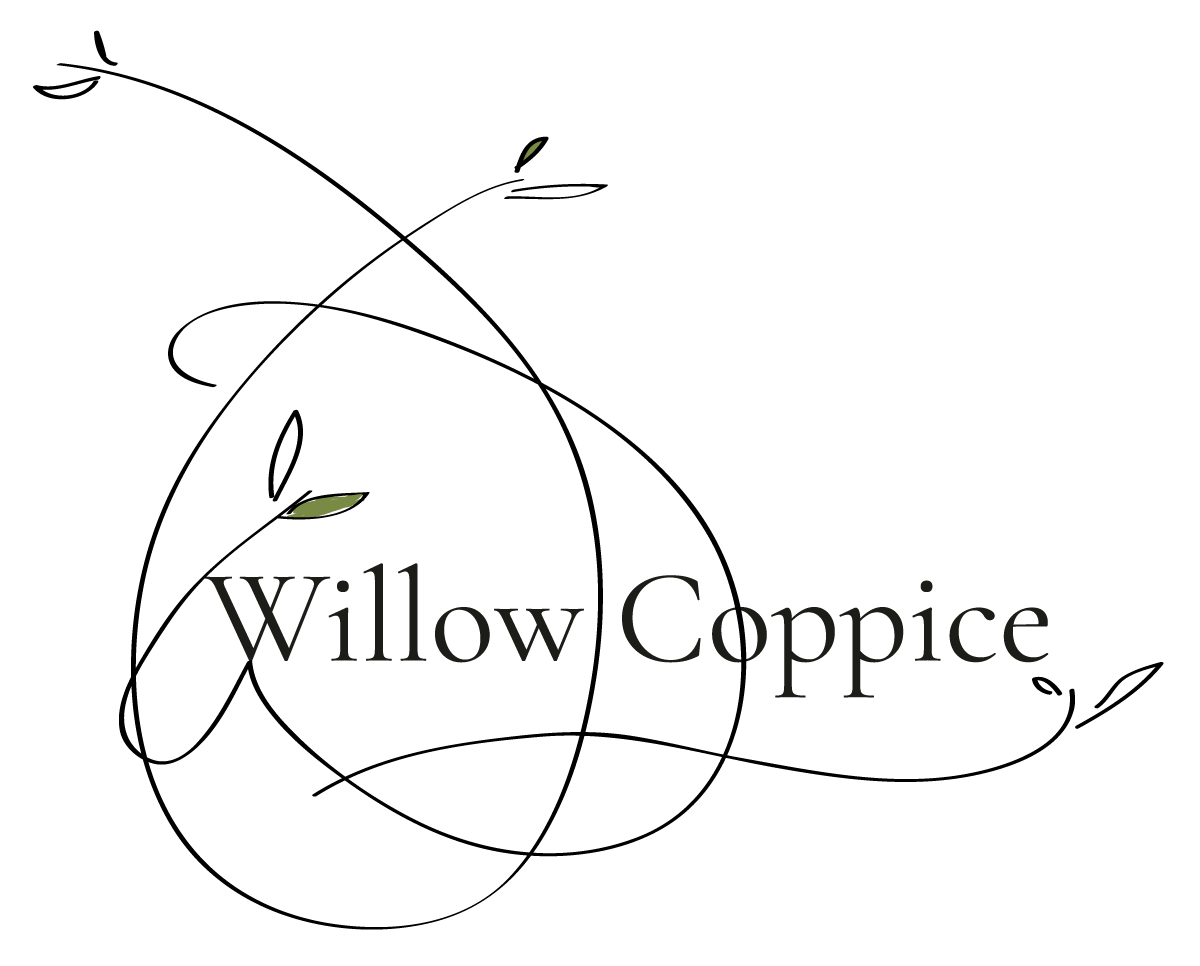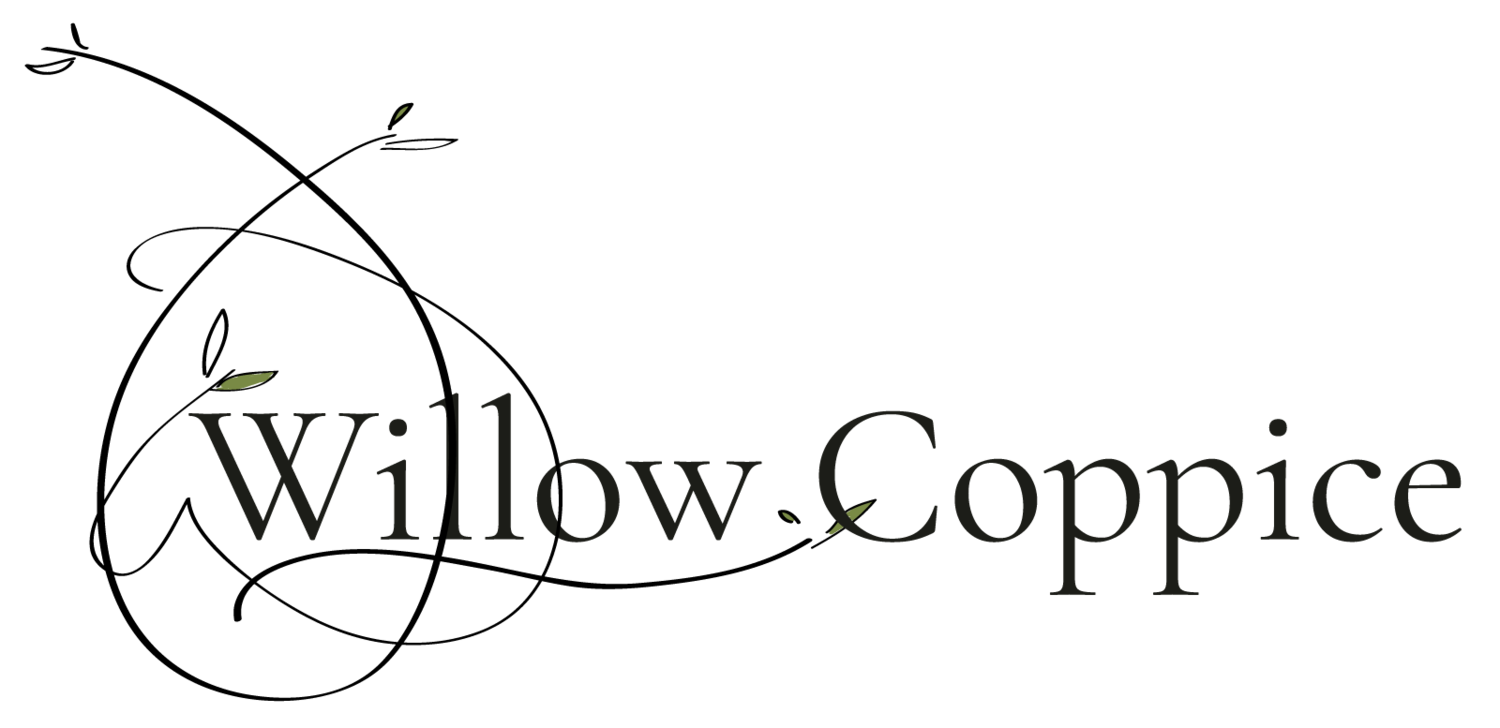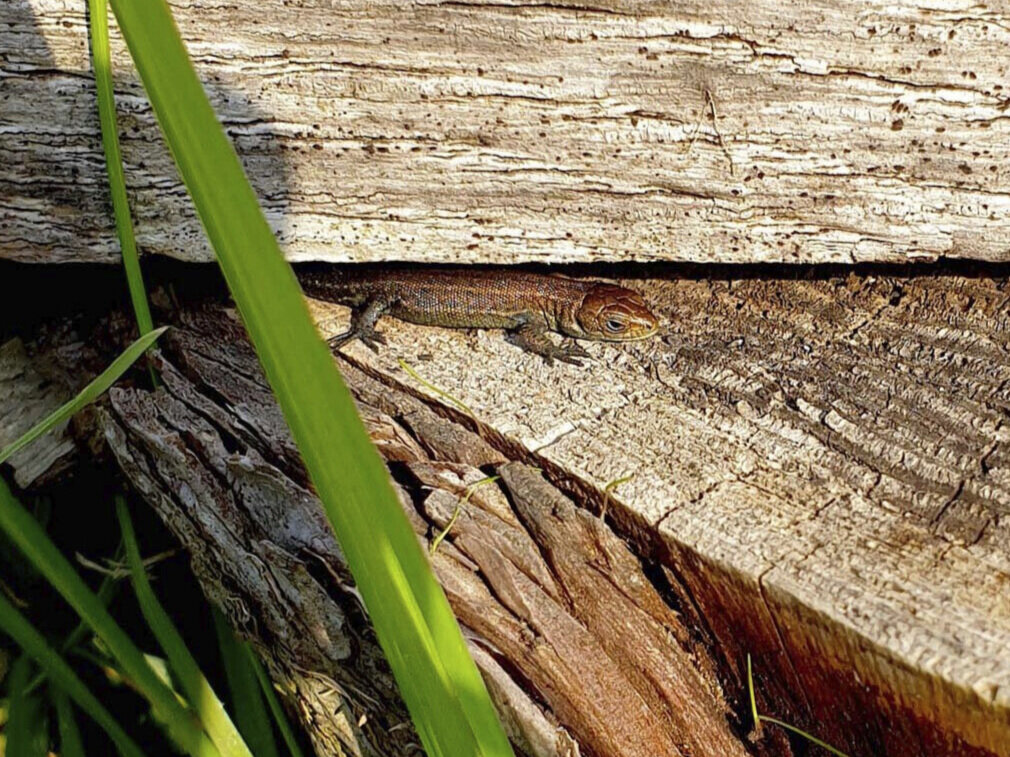
Growing willow and working with wood; Nature Recovery and habitat creation; Community Action. All woven together with environmentally conscious artwork, wild sculpture and living willow installations.
Charlotte Holmes, Paul Turner, and Andy Goodwin
“coppice
/ˈkɒpɪs/
noun
an area of closely planted trees in which the trees are cut back regularly to provide wood:
coppicing
verb
cut back (a tree or shrub) to ground level periodically to stimulate growth.”
To make, create, donate or commission, please get in touch.
Wood For Good
Willow Coppice is a project by artists and makers Andy Goodwin, Charlotte Holmes and Paul Turner, to make, grow, create and work with willow and to sustainably manage woodland, capturing carbon and encouraging biodiversity. This project is a story, and a photo story, of growing, making, creativity, and expanding through community action and collaboration.
Micro-Forestry
We are growing and harvesting willow and other species such as hazel, for basketry, hurdling, fencing, green woodworking, teaching and more, while promoting biodiversity through an organic mixed coppice model.
The establishment and management of our willow coppices encourages as much wildlife as possible to thrive on the same sites.
Growing willow without pesticides produces valuable wildlife resources
Willow is a superfood for the caterpillars of numerous moths and butterflies. There are at least 500 recorded varieties of willow in all sorts of shapes and sizes, from massive and stately weeping-willow trees to miniature arctic varieties.
Planting edible hedgerows
We are planting native trees and edible hedgerows to support a wide variety of wildlife, growing species such as hawthorn, blackthorn wild cherry and elderberry. We have also planted a micro-orchard of donated apples, quince, pears and plums. In the future we will be offering foraging experiences such as picking and making your own cordials, jam or gin.
And regenerating grassland
Allowing pollinators to thrive is essential to the future of the planet. We’re creating micro-meadows, allowing a wide variety of grasses and wildflowers to flourish.
These are managed by scything biannually and provide both habitat and an incredibly rich source of food for a huge variety of insects and small mammals.
This also helps all sorts of other species further up the food chain, from blue tits to barn owls.
Wildflowers
As well as providing habitat, micro-meadows create space for a wide variety of our native wild flowers to flourish which produce a valuable food source for our endangered bee population and other pollinators.
Creating these habitats is encouraging wildlife
This spectacular puss-moth caterpillar, happily munching on some willow leaves at our Wood Farm site, is one of our more decorative inhabitants.
And promoting biodiversity
Where there is habitat, nature will come. Including this lovely lizard basking on one of our benches.
All of this is fighting climate change
We planted over 3000 trees and willows in our first year across our different sites.
Even a tiny scrap of land can yield enormous environmental benefit. We have been donated prime land and marginal spaces by private individuals, local community and businesses. We are always looking to find more space to grow, or to offer advice on how to create micro-meadows and coppices.
Coppicing for woodland regeneration
We can restore and manage older woodlands, coppicing to use the material for making and teaching. Doing this refreshes the woodland, allowing new growth to regenerate.
New growth is some of the best of all at mopping up carbon and the ancient cycle of cropping for regrowth is key.
Community
At its core, Willow Coppice is about working with the community. We are creating micro-woods and willow beds, managing community planting projects and installing in-situ fencing as well as living willow installations.
All of this is possible because people donate their time, energy, skills, resources, sponsorship or advice to our projects.
Volunteering
People from all walks of life, with completely differing levels of experience have come together and enjoyed working in the forest, swapping stories and sharing knowledge. We really need your help to manage our woodlands, harvest and sort willow and to be a part of the project.
Growing and Making
We’re making with willow of different varieties and colours, grown without pesticides and using only hand-tools with zero environmental impact. We are typically planting types of willow which are most suitable for basketry and weaving. These are managed and coppiced annually for 'withies' which are the rods used in basket making and for weaving hurdles.
Courses
We’re creating woodland courses and experiences from basketry to forestry skills to fencing to foraging, and green woodworking.
Festivals
We can provide formal tuition, or create whimsical events.
Fencing
Fine willow can be used for basketry, and larger willows, including pollarded willows or hazels donated by landowners, and which would otherwise go to waste, can be used to weave natural fencing.




















